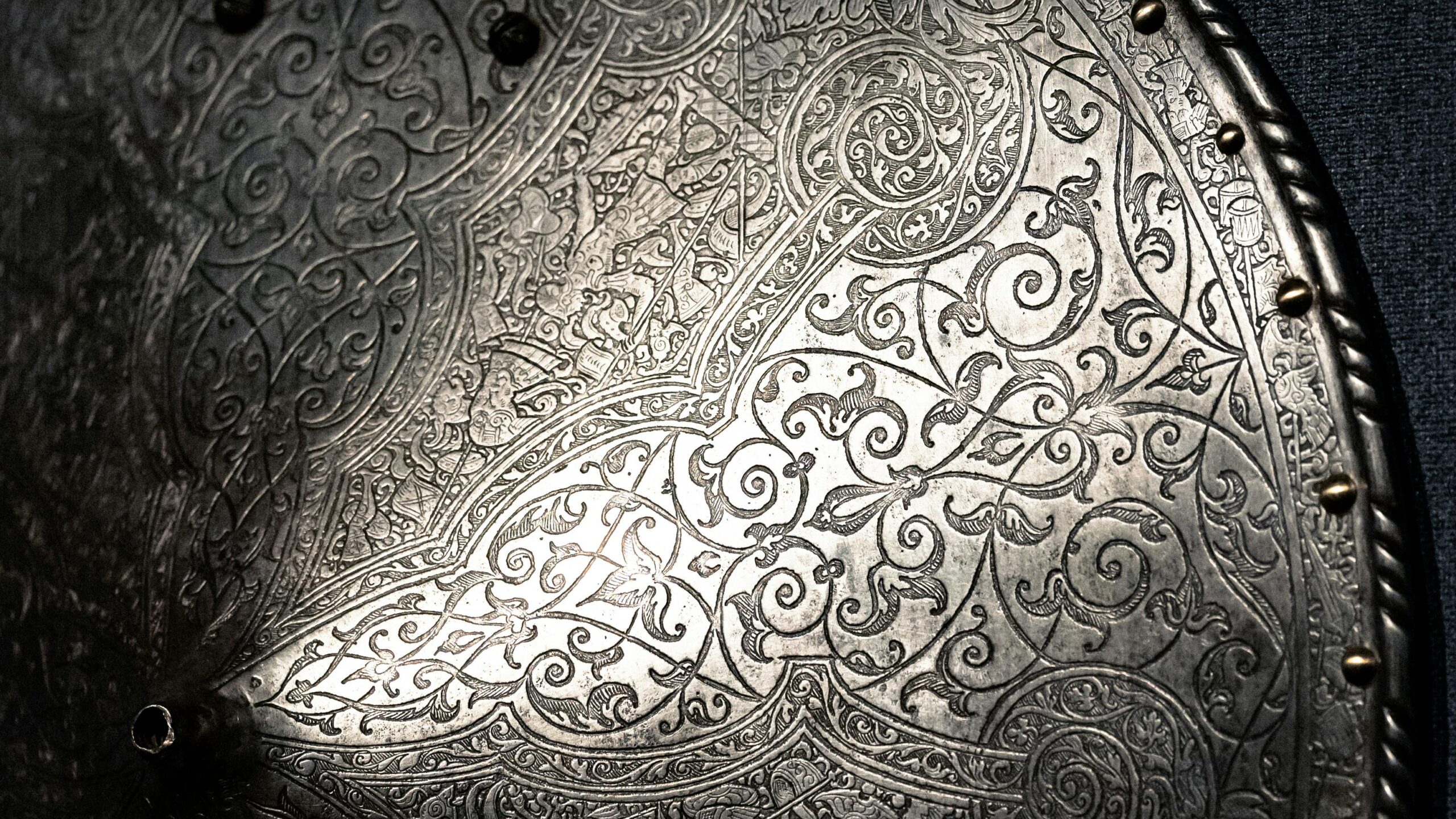
The first century of church history divides roughly into three periods. In the first, our Lord Jesus, through His ministry, began to fulfill the great promise of Matthew 16:18, “I will build my church.” Jesus came into the world to die as the Savior of His people and to build His church. He lived and served, did His mighty works, gave us His teachings and commandments, died, and rose again from the dead that He might fulfill His promise.
The key text for the second third of the first century is Acts 1:8. Jesus told His disciples that they would be His witnesses, “both in Jerusalem, and in all Judaea, and in Samaria, and unto the uttermost part of the earth.” As Acts takes us through the next twenty to thirty years, it records how that promise of Jesus was fulfilled.
First, Christ poured out His Holy Spirit on the apostles and those others gathered in Jerusalem on the Day of Pentecost. In time, they spread throughout the ancient world, preaching the gospel everywhere. In Acts 2, we learn that listening to Peter’s sermon were Jews and proselytes from many parts of the ancient world, who took their faith back to their homelands.
Next, Luke reports that Philip the evangelist went down to Samaria. The Samaritans “believed Philip” (Acts 8:12), and Samaria received the Word of God.
Finally, the gospel burst upon the Gentile world through the preaching of Peter (Acts 10–11), and since then, notwithstanding setbacks, has never stopped in its progress to the ends of the earth. We know of Peter’s subsequent ministry among the churches in what we now call Turkey (Asia Minor) and farther east in Iraq (Babylon). We know of Paul’s ministry in Antioch, then in Turkey and on into Europe. In the last chapter of Acts, Luke records the day Paul came to Rome (Acts 28:16), seat of the far-flung Roman Empire. We know much less about the other apostles, but some of them traveled great distances to preach Christ. Thomas is remembered as the apostle to Persia and India. There is a famous denomination in India called the Mar Toma Church, the St. Thomas Church, which traces its origins back to the preaching of Thomas in the Indian state of Kerala.
Those apostolic believers also began to experience what would become the hallmark of the final third of the first century. As the church of Jesus Christ is built on earth, it faces opposition and often violent persecution. Beginning in the last part of the first century, in the mid-60s, the Emperor Nero turned upon Christians. Rome had burned in a great conflagration. To fend off accusations against himself—for he had sometimes mused out loud about leveling Rome, rebuilding it in marble, and renaming it after himself—Nero blamed the Christians, and a number of believers were martyred in Rome. Some were crucified and some were sewn into the skins of dead animals to be savaged to death by wild dogs.
An early Christian historian named Tertullian wrote in his Apology, his defense of the Christian faith, “The blood of the martyrs is the seed of the church,” that is, a blessed means whereby Christ plants and grows His church.
Excerpt from
Church History 101: The Highlights of Twenty Centuries
By Beeke & Ferguson








